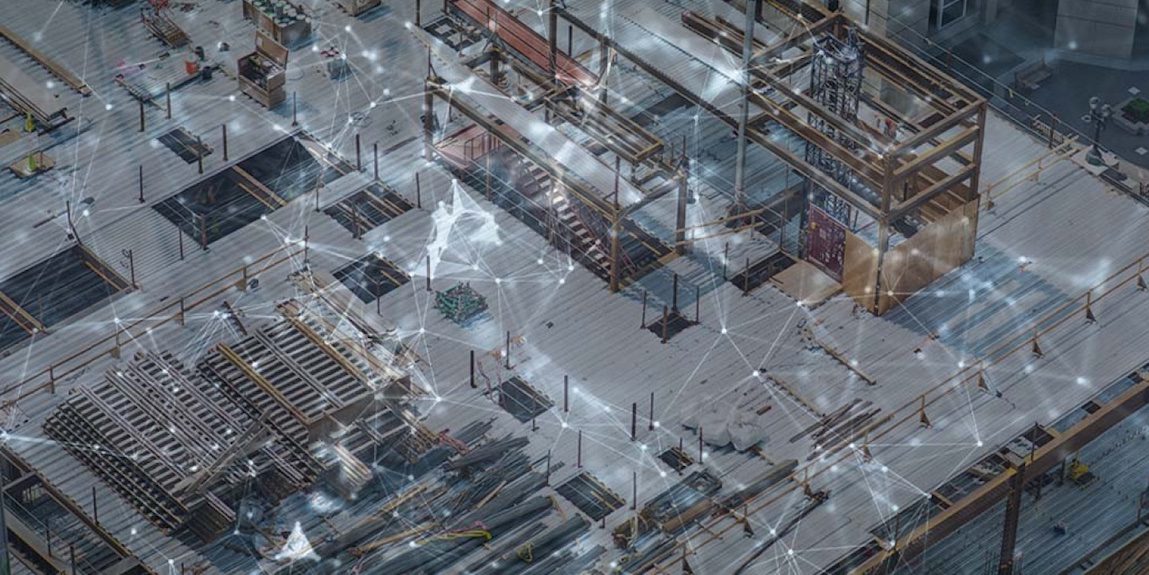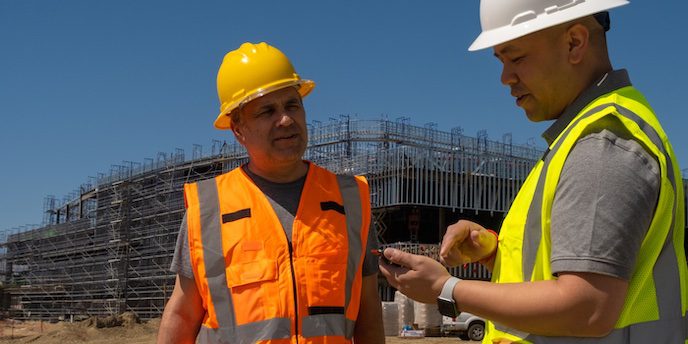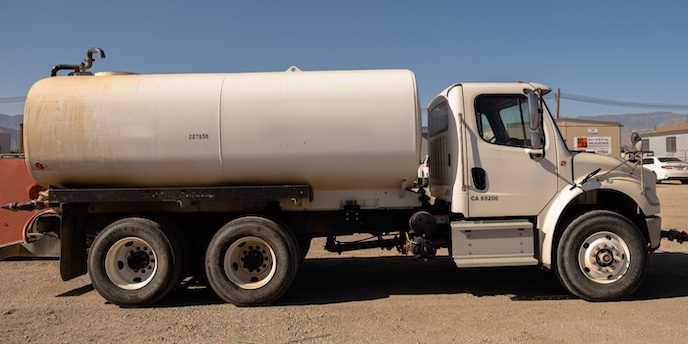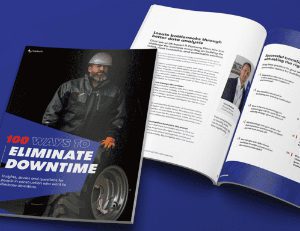

In my role, I’m occasionally asked why do we need telemetry. Not telemetry at its most basic level pinpointing fuel use and location but the more sophisticated, data-rich numbers that have become part of the menu as the technology advances.
For those of us who are steeped in the technology and natural proponents if its benefits, it can come as quite a surprise but it is an indicator that, though the level of acceptance of telemetry is growing with every passing day, there’s some persuading to do as to whether it’s a worthwhile investment.
This shouldn’t be a cause for alarm. For example, the possibilities afforded by the internet weren’t immediately apparent and cars were also once viewed as a source of evil as road manners struggled to keep apace with the technology.
“New technologies must ride through cynicism and opposition before they become completely mainstream.”
I say all this not to suggest in any way that telemetry is remotely dangerous. It’s merely to say that new technologies must ride through cynicism and opposition before they become completely mainstream. Here are seven reasons why I believe this will happen in telemetry over the near future.
Remember the pre-telemetry days? The paperwork? The constant filling in of forms? The checklists and the checking off? We still have that today, but the job of all those relatively menial and time-consuming tasks can now be automatically extracted from your telematic device enabling you to get on with managing your job site and building better places.
It’s perhaps the easiest and most obvious argument in favor of telemetry but sometimes the point still needs to be made. And, when you take away these manual tasks from job site managers, you allow them to allocate resources elsewhere, and take some of the stress from the job. It is a no-brainer.
This is another tick for telemetry that needs little elaboration. Dealing with the red tape is labor intensive, tiring and prone to error when time and deadlines lead to hasty decisions. Job sites by their very definition are dangerous places and errors have a habit of multiplier effects.
The device in your hands gives you all the information you need quickly and easily, tells you exactly what state of repair or disrepair your tools and machinery are in, what needs to be fixed with immediate effect and what is the best allocation of your resources. Where there are humans involved and their safety is paramount, telemetry is increasingly being seen as a safety net that can ensure risk taking is removed from the equation.

Telemetry allows operators to see what is happening in all their sites, giving them a “birds-eye view” of what’s happening right there, right in front of them on their screen. While it won’t necessarily completely negate the need for time-consuming job site visits, an operator is unlikely to have to spend the same amount of time driving between sites as would have been the case in pre-telemetry days.
The benefits of that are clear. It’s less stressful for the manager, it’s less time spent in traffic, it helps reduce CO2 emissions and it’s time that can be allocated elsewhere. The digitization of the industry is at the heart of that dramatic change in how construction is evolving, driving more efficient working environments.
The data enables fleet managers to dramatically impact the utilization of equipment enabling much more efficient use of machinery. It can show when equipment needs fixing mitigating against running a machine into the ground and a potential far greater cost down the line.
It can also indicate where a machine is either being under-utilized or productivity is down. I’m increasingly seeing rental companies proactively talking to their customers where this is the case and saving their customers money. In other words, they’re taking a short-term hit on their own revenue to help their customer and build a mutual relationship between the two businesses that fosters loyalty towards the fleet provider.
This argument might have been a hard sell 2-3 years ago, but in the current climate, telemetry users are increasingly becoming interested in the insights devices deliver here because of the significant cost savings available.
My colleague David Swan made the case compellingly just a few months ago and with the ongoing energy crisis in Europe and the war in Ukraine turning the spotlight on how we source our energy, this is the kind of insight telemetry can provide, by giving a clear idea of where fuel costs are and where it can be saved. Circa 25% off your energy bill is not to be sniffed at under any circumstances.
And, as Swan points out, fuel management systems once imposed will be here to stay. That will mean yet more savings, yet more margin and yet more revenue that can be redirected elsewhere when energy prices eventually return to the norm in the next year or two.

You’ll have noted a theme in many of the arguments above are underpinned by efficiency, effective utilization and better allocation of resources. An inevitable corollary of that is a sustainability benefit in the reduction of CO2 emissions that fleet managers can actually record with great accuracy on their devices.
“Being on the right side of the line on environmental issues has gone from a ‘nice-to-have’ to a ‘must-have’.”
This argument would not necessarily have been easy to make some years ago, partly because the technology might not have been able to deliver effectively in these areas and partly because it might not have been a priority for businesses.
But that’s changed on both fronts as businesses see the fruits of a strong sustainability record underpinned by the technology, especially where project owners increasingly require strict CO2 emissions standards from their providers. For many, being on the right side of the line on environmental issues has gone from a ‘nice-to-have’ to a ‘must-have’, creating a perfect alignment between technology and society that fosters better outcomes through construction as a whole.
As an organization, Trackunit never loses focus on the importance of eliminating downtime and in every aspect we’ve outlined here, whether it’s locating misplaced tools, preventing theft or incubating efficiencies, that purpose remains at the heart of all our innovative efforts.
That telemetry can be a key player in eliminating downtime is a given. And as telemetry becomes ever-more sophisticated and ever-more insightful, so does our ability to battle downtime increase. That’s a battle we’re invested in and one we’re proud to be a part of.
Joao Carvalho is product manager, Kin at Trackunit.

Never miss an insight. We’ll email you when new articles are published on this topic.


